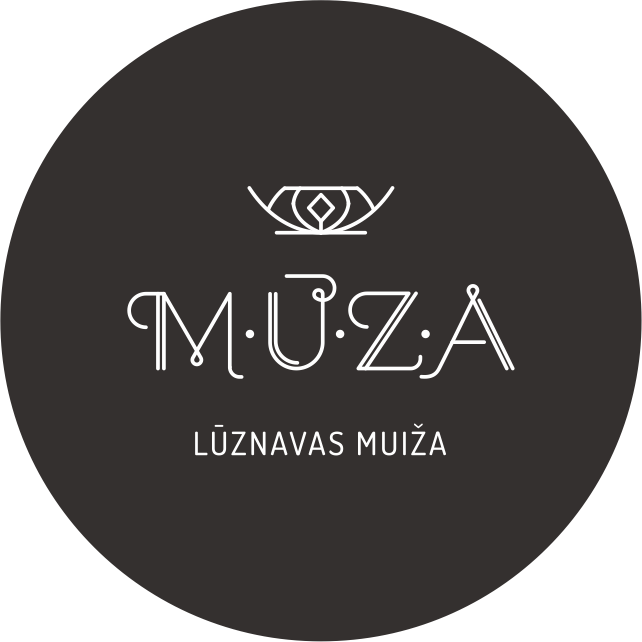COMMON ORIGANUM
Latvian: raudene parastā
Common origanum is a perennial herb up to 85 cm high. The stem is erect, sometimes
reddish, branched at the top. Leaves opposite, simple, entire, oblong-ovate or
oblong. [1] Flowers double-lipped, small, pinkish-violet, pink or purple.Leaves
and stems are used, they contain up to 1% essential oil, bitter substances,
tannins, flavonoids, vitamin C, vegetable oil and other biologically active
substances.[4] Harvest in full bloom - in July, early August - by cutting off or cutting
the tops of plants 20-30 cm long or by cutting the plants 5-8 cm above the soil. Dry
under normal conditions, spread out in a 5-7 cm thick layer or tied in loose bundles,
protecting from the sun. After drying, cut off the flowers and leaves; woody stems
and branches are not used. [2]
Origanum leaves and flowers are used in compositions of fragrant plants and pillows
intended for air recovery and aromatization of living spaces. [4] Origanum extract oil
can be used externally as an analgesic rub to relieve joint and muscle pain. The
rhizomes are used externally for rinsing in case of angina, inflammation of the
tonsils, inflammation of the oral cavity, end of the throat, as well as compresses and
baths to reduce skin inflammation and eczema. [1] Dry licorice along with other
sedative drugs - hops, lavender flowers - are often used instead of sleeping pads.
The fresh juice is used for menstrual cycle disorders, rheumatism, against
convulsions, epilepsy. Origanum leaves is a popular part of everyday herbal teas,
they are also used as a seasoning for vegetables, meat, fish dishes, marinades,
drinks, for flavoring drinks. [2] Origanum has antiviral and anthelmintic effects. They
help in cases of gastritis, spasms of the stomach, intestinal atony, inflammation of
the liver, jaundice, inflammation of the bile ducts and gall bladder, inflammation of
the small and large intestines, constipation, as well as acute and chronic bronchitis,
whooping cough, pneumonia.[1]
Calming, analgesic, anti-inflammatory and digestive effects. Rauden is not
recommended during pregnancy, as it stimulates the musculature of the uterus, and
is not recommended for use in cases of severe cardiovascular diseases. [1]
[1] Rubene H., Eniņa V. (2004)Ārstniecības augi.Rīga:Zvaigzne ABC. P.343
[2]Eniņa V.( 2017) Veselība pie mājas sliekšņa.100 populārākie ārstniecības augi Latvijā. Rīga: Zvaigzne ABC.p. 264
[4] latvijasdaba.lv
Augu katalogs ir tapis ar Eiropas Savienības finansiālu atbalstu Pārrobežu sadarbības programmas 2014.–2020. gadam projekta LVIII-062 “Versts of Feelings 2” ietvaros


